Some nine million working-age people are out of work and are not looking for it either. Figures released by the Office for National Statistics this morning reveal this number has grown by 630,000 since before the pandemic began. This is an increase from the previous quarter and from the same time last year too. Now over a fifth of working age people find themselves economically inactive.
Rising inactivity has been driven by long-term sickness since the pandemic. Today’s figures reveal those inactive due to illness hit a record high of two and a half million people. There’s debate around what’s causing this with some pointing to long Covid, the state of the NHS and poor mental health.
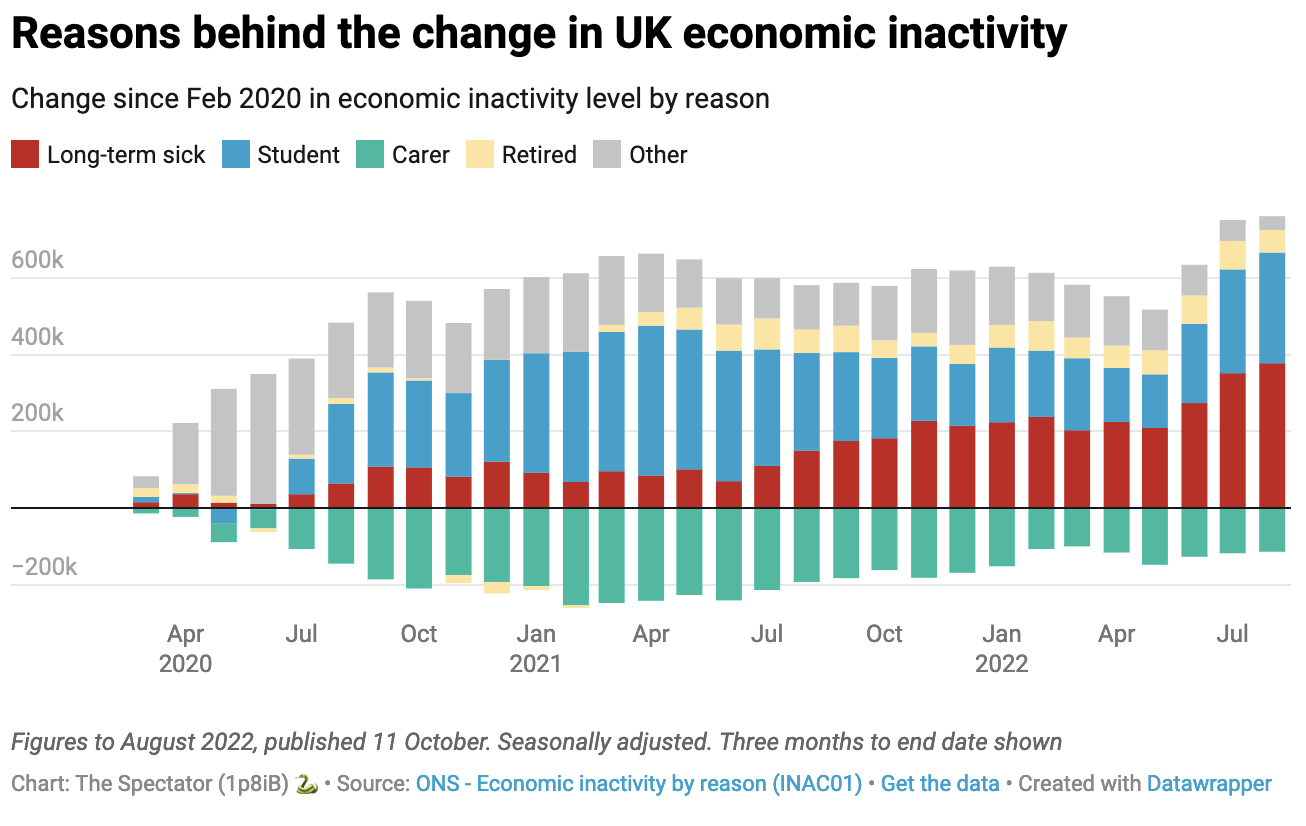
It’s this fall in available workers that has led to the unemployment headlines of 3.5 per cent – the lowest rate for half a century. So it’s not the good news story that it seems: there aren’t more people in employment, just fewer possible people to employ, which has pushed the unemployment rate down. There are still nearly 320,000 fewer people in employment than before the pandemic. However, the number of employees on payroll has continued to climb to 29.7 million – some 730,000 higher than before the pandemic.
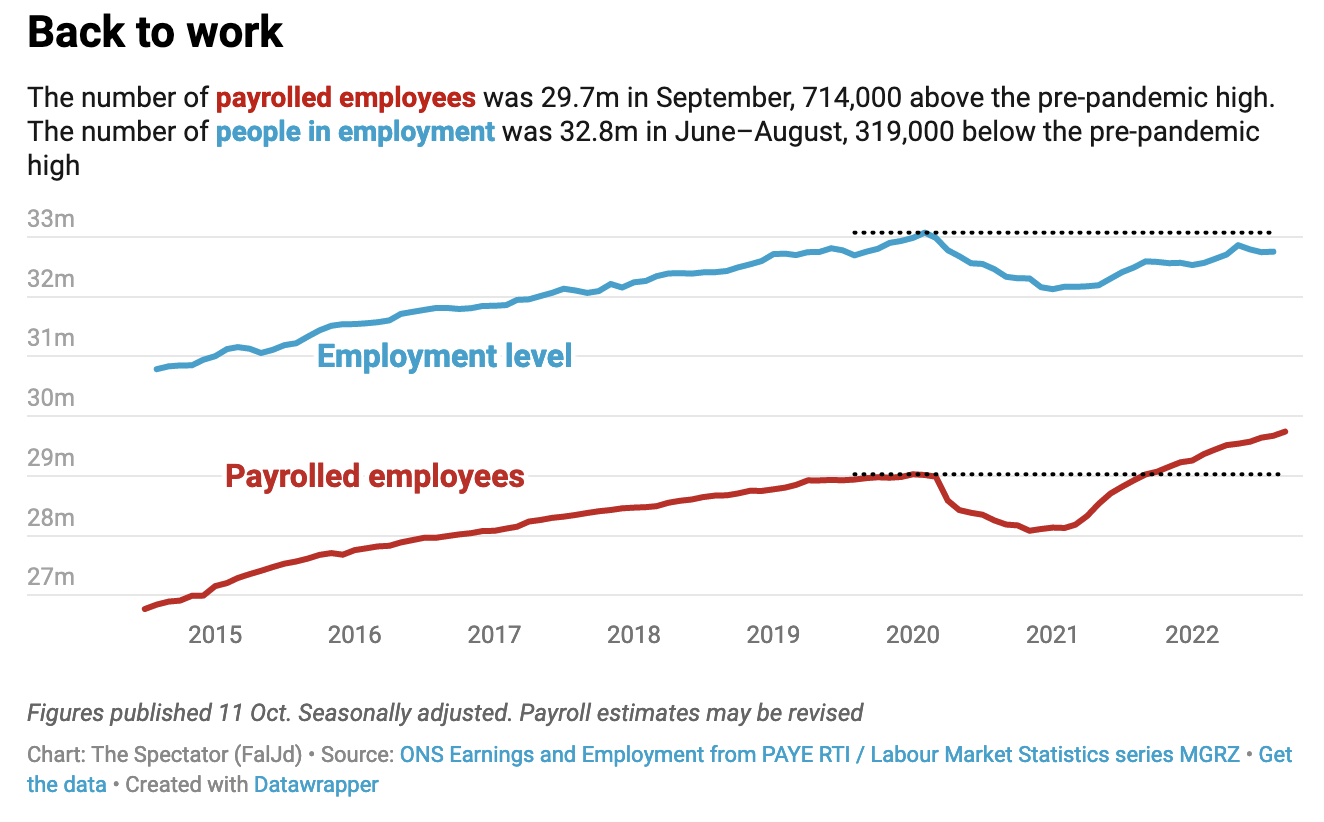
There are also some early signs that the jobs market is starting to cool. There were some 1.25 million vacancies in September, compared to 1.26 million the month before. It’s a small fall, but it’s the fourth monthly fall in a row, reducing from a peak of 1.3 million jobs. Meanwhile earnings increased six per cent year on year, though this is still well below inflation, which currently sits at 9.9 per cent on the year. As a result the average worker is experiencing a three per cent pay cut.
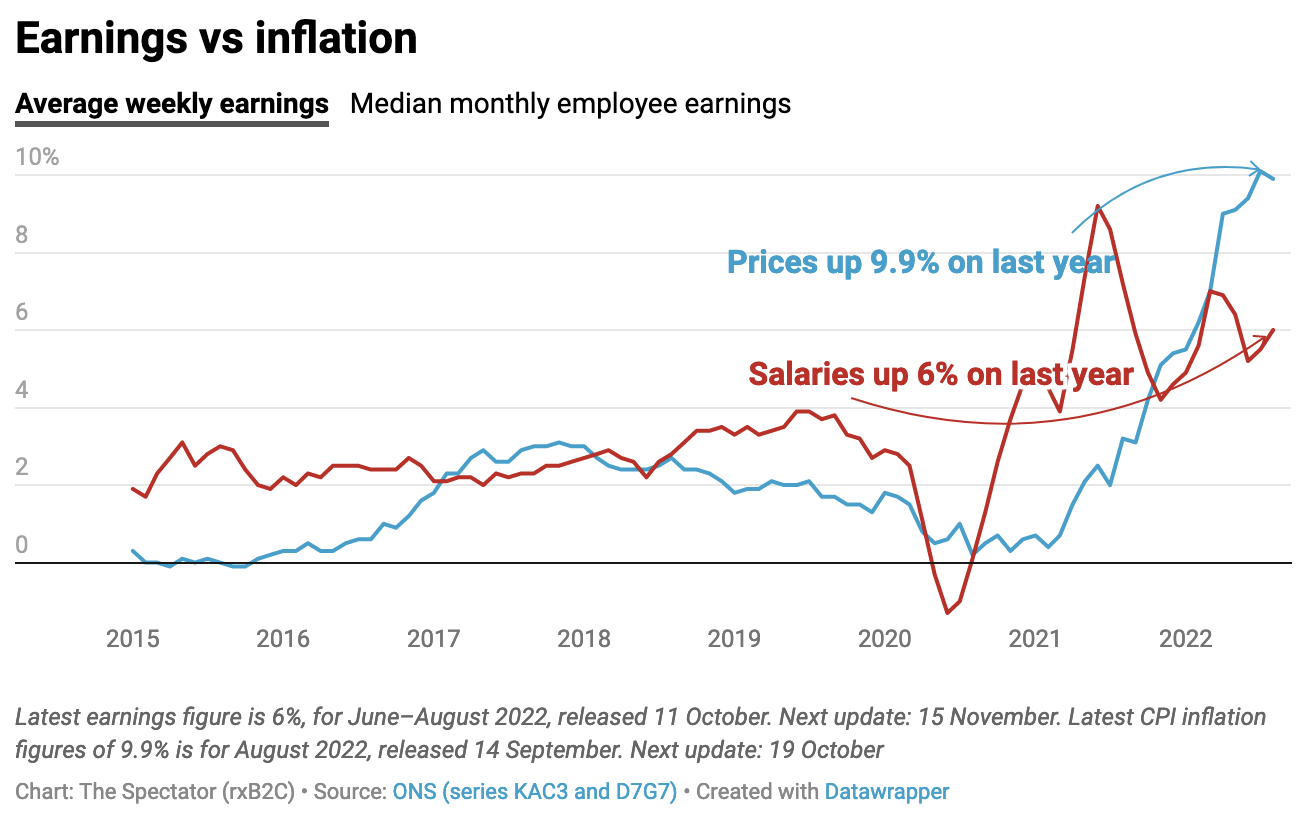
Today’s ONS update is unlikely to do much to calm markets more widely. Traders still expect interest rates to peak at over five per cent, while the consensus remains that the Bank of England will raise the headline rate by at least a percentage point at their next meeting in November. If the Bank does indeed push forward with such a rate rise, it would be the largest for three decades.
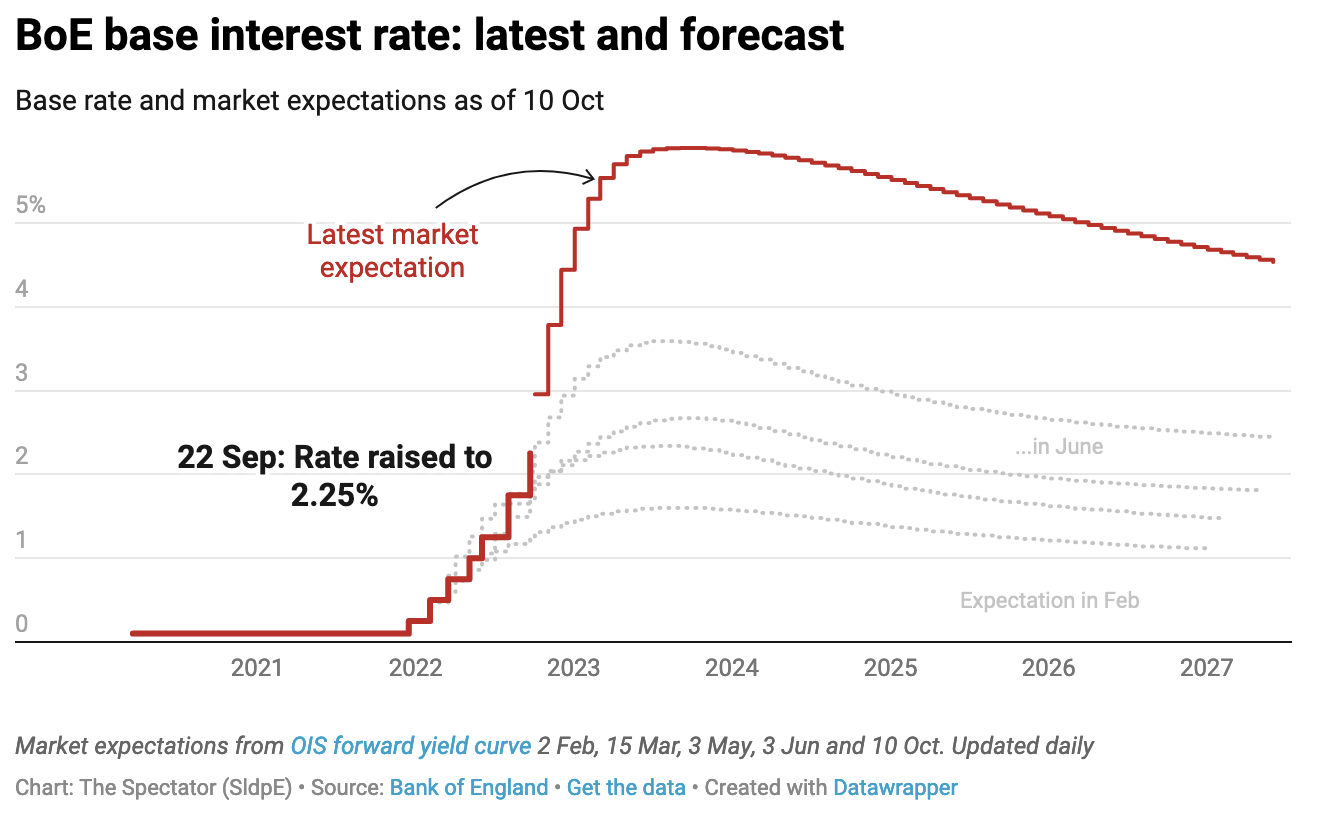
In response to this morning’s unemployment figures the Chancellor Kwasi Kwarteng claimed: ‘the fundamentals of the UK economy remain resilient’. There is indeed some tentative good news, especially around increasing payrolls. But it’s hard to see much resilience in a working population that’s falling ill in record numbers. Until that changes, inactivity is unlikely to do anything other than continue to increase.
Got something to add? Join the discussion and comment below.
Get 10 issues for just $10
Subscribe to The Spectator Australia today for the next 10 magazine issues, plus full online access, for just $10.

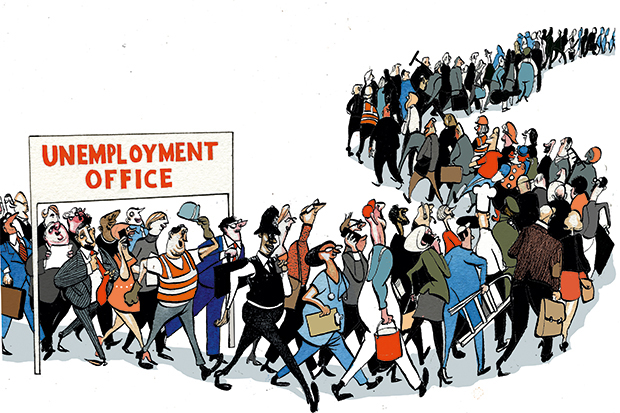


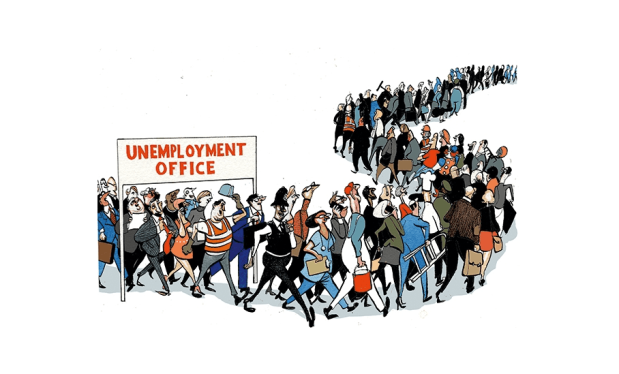














Comments
Don't miss out
Join the conversation with other Spectator Australia readers. Subscribe to leave a comment.
SUBSCRIBEAlready a subscriber? Log in